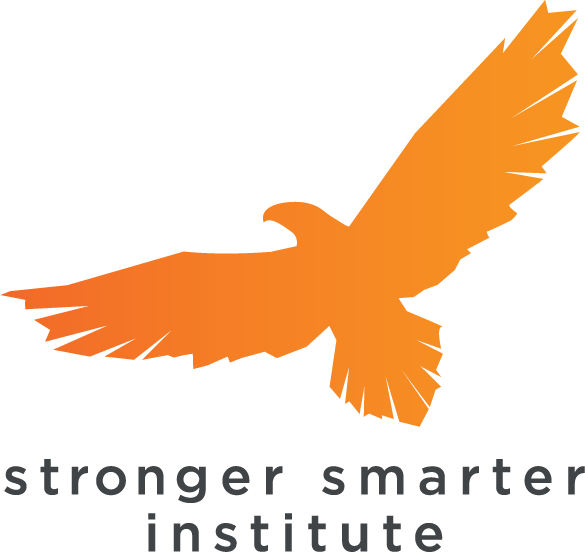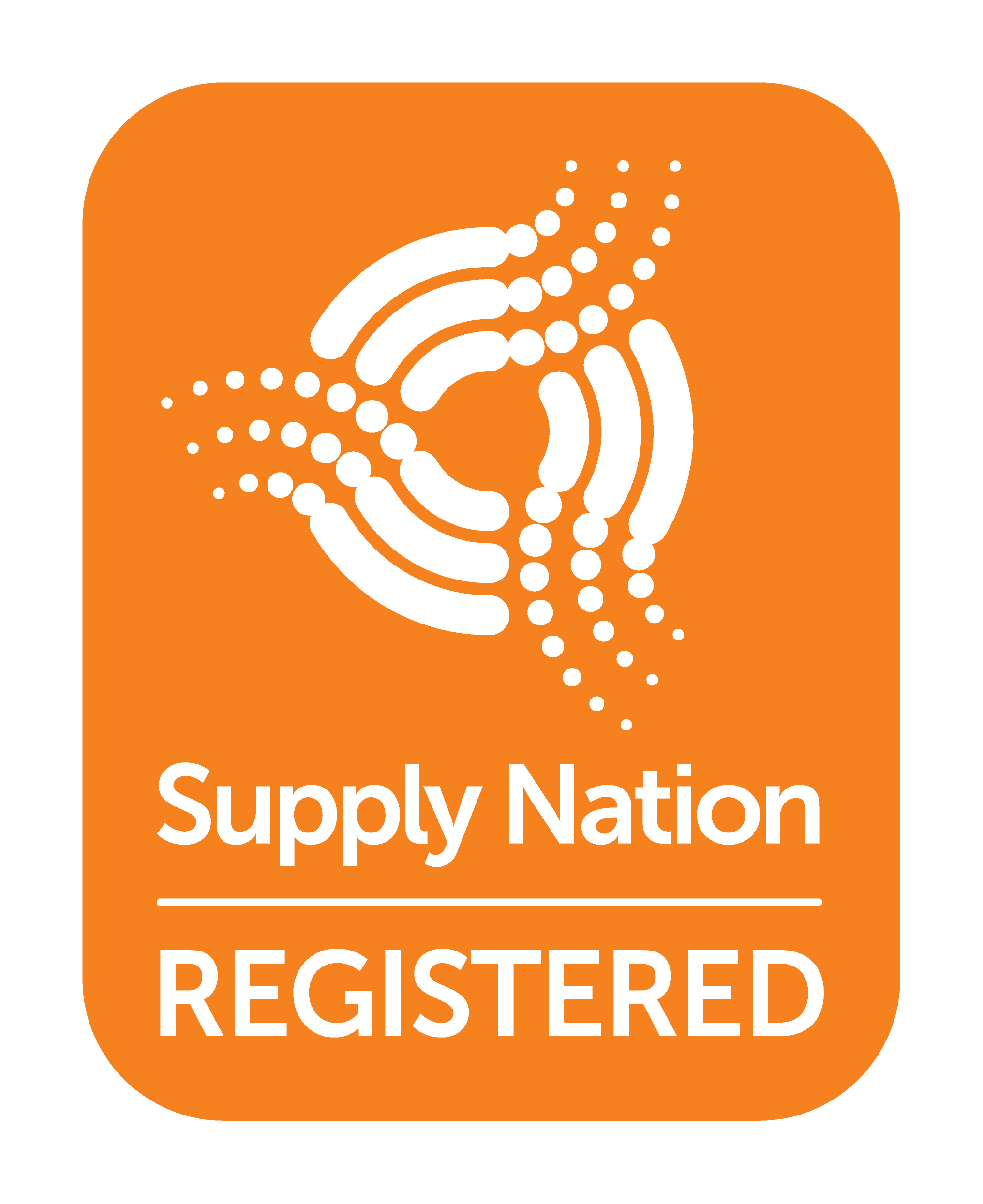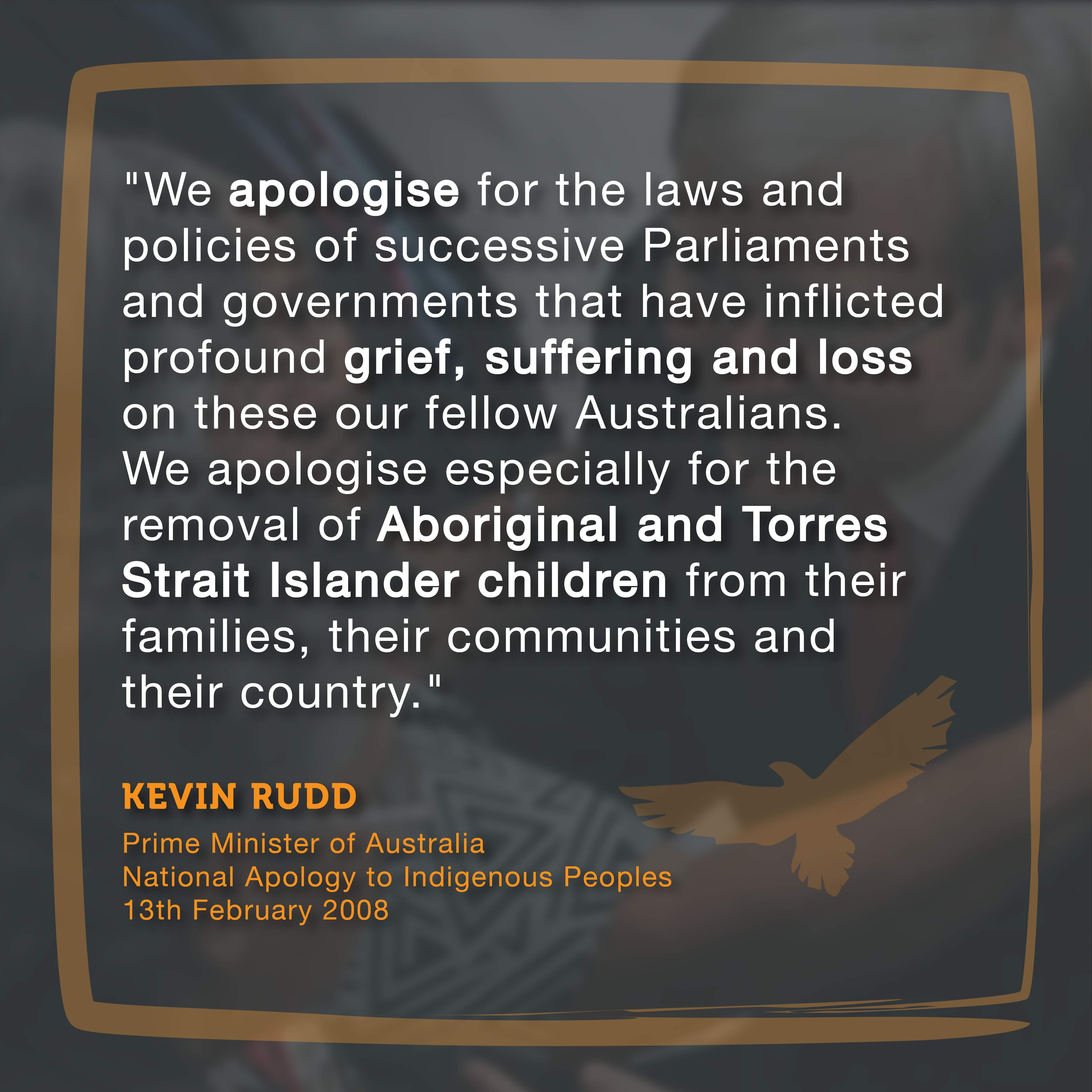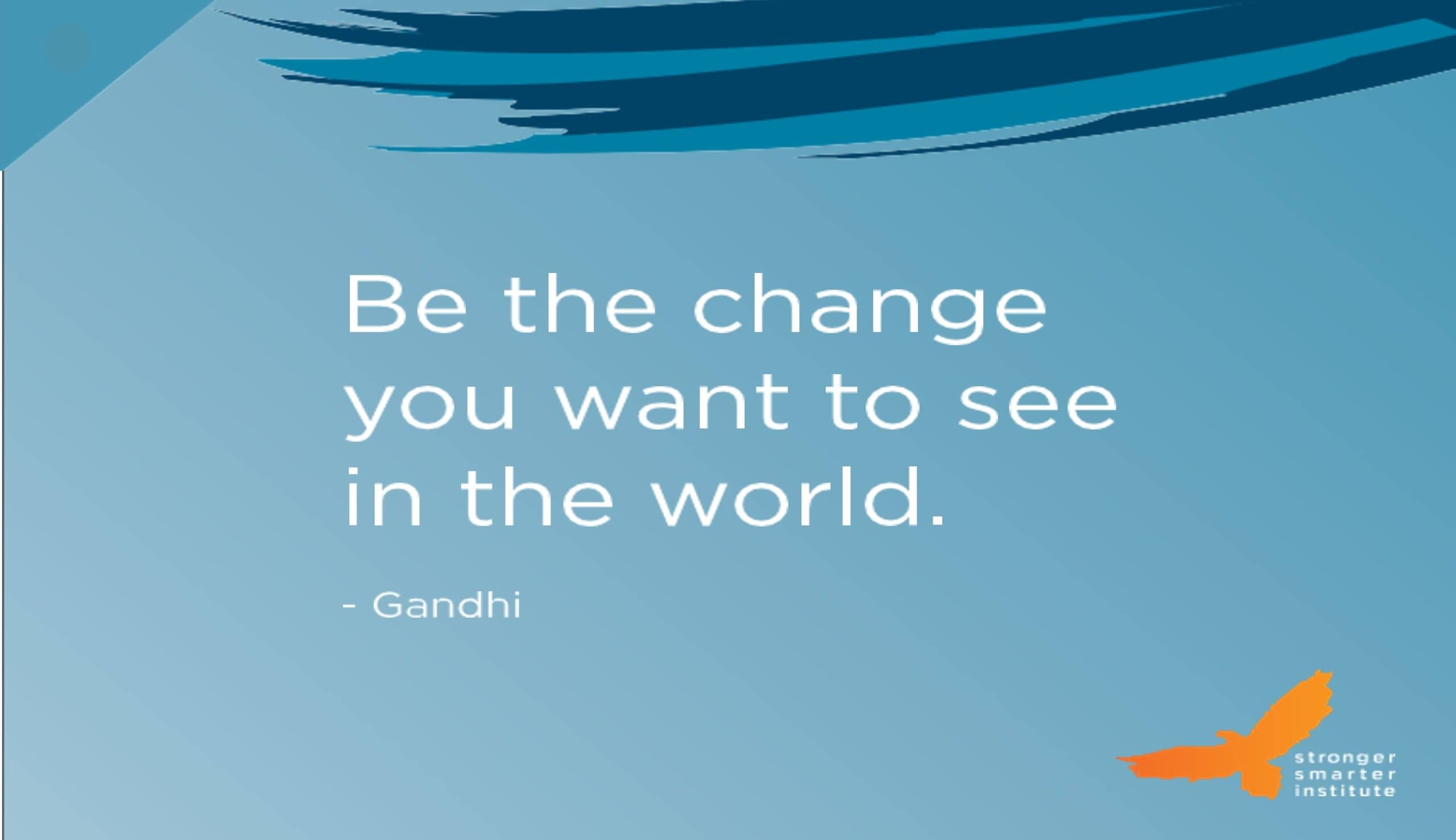13/09/2022
Stronger Smarter Leadership Program alumni tell us they leave the program motivated to make both personal changes to workplace practice and to bring others along with them on a change journey. When we surveyed alumni in our 2020 Census, 80% of respondents told us that they had taken the implementation of the Stronger Smarter Approach (SSA) beyond their personal practice to work with others. For some this can involve implementing a full school change agenda.
Implementing change in schools, whether through a school change agenda or an SSLP workplace challenge, means thinking about how to bring others along on the change journey.
Motivation for change
In the SSLP, we combine Indigenous Knowledges with ideas from western experts in leadership and organisational culture. This article draws on the work of two of these experts – Edgar Schein and Margaret Wheatley – whose work forms part of the theoretical basis for the SSLP.
When looking at organisational change, both Wheatley and Schein explain that we won’t accept change just because a leader or a professional development program tells us we must change. We create our own realities through a lens of our own making that we use to filter, select, and interpret events. We choose what we want to notice or worry about, and we choose what to change using the lens of self.
Nothing is real for us if we haven’t created it. So, if we are to accept change, we have to be involved in the creation of that change. We need the time to reflect, to experience and discover whether the change is meaningful to us and helps us become more of who we are.
This is why the Stronger Smarter Leadership Program works. We provide the time for self-reflection and buy-in so that participants can decide whether what we are saying really reflects their own values and who they are. Our program participants then decide for themselves the changes they want to see in their personal leadership or in their organisations.
Connectedness and Relationships
Anyone aiming to take a school community along on a change journey, needs to create these same processes of self-reflection and co-creation. Strategic plans must become processes, not objects. These are processes where you take time to change the conversation and give everyone time to interact with new ideas. As the patterns of thinking change, this leads to changing behaviours and responses.
For school leaders to bring the local community and their school staff along on any change journey, everyone needs to be involved in the decisions around the outcomes they want to see for the students and the school. Everyone needs to be involved in co-creating the strategies and plans to get there.
In Australia, Indigenous Knowledge (IK) systems have always been based on connectedness and relationships, collective inquiry, valuing knowledge, deep listening, and understanding other points of views. Indigenous Knowledges tell us that for everyone to be on board with a school change agenda, we need multiple perspectives, diverse voices and time and space for dialogue.
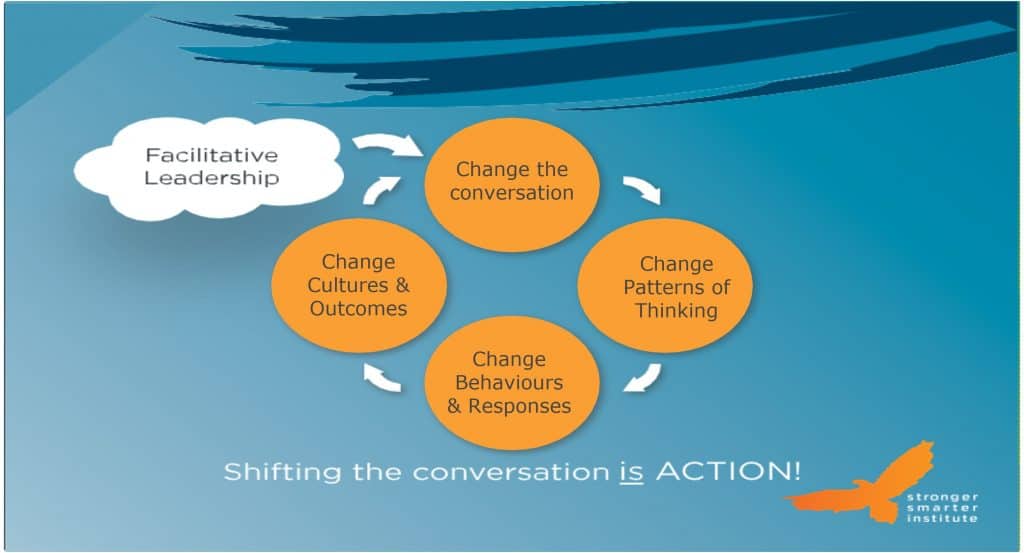
Shifting the conversation is action
The Institute’s programs work on the assumption that the leaders we need are already there. Our programs don’t provide the answers. Instead, we provide the channels and the flows to move the energy in the right direction and the tools and strategies to build the places for collective inquiry.
Similarly, the role of the change leader in a school has to be one of facilitating energy and information flows. The change leader needs to accept the uncertainty of ‘not knowing’, recognise the expertise of others, actively listen, and stimulate creative thinking. Instead of determining which roles are needed to address the issue, the change leader looks at what energy, influence and wisdom are available to bring together to find a solution. We solve problems by bringing more voices into the room.
At the same time, the leader needs to articulate consistent messages for a clear and strong vision, while also being flexible and ready to change. The actions have to match the rhetoric.
A learning culture
This change process is more than just a personal change process, it is about creating an organisational culture that continues to learn. This is a culture of shared responsibility with leaders at all levels, where leadership is about relationships, not hierarchies. The connections between staff on the organisational chart are the communication channels.
This will only work when high-expectations relationships are in place. Everyone must feel they are safe to experiment, seek feedback, evaluate and interpret information and develop their own solutions. So long as the lens of the organisation’s visions and values is clear, and has been co-created, then that is the lens that staff will use to interpret information.
The whole organisation becomes more self-aware, with a clear understanding of patterns of behaviour, values, and intentions. In any change strategy, the organisation needs to learn more about itself through the domains of identity, information, and relationships. We need to explore who we are, who we aspire to be, and how we want to be together.
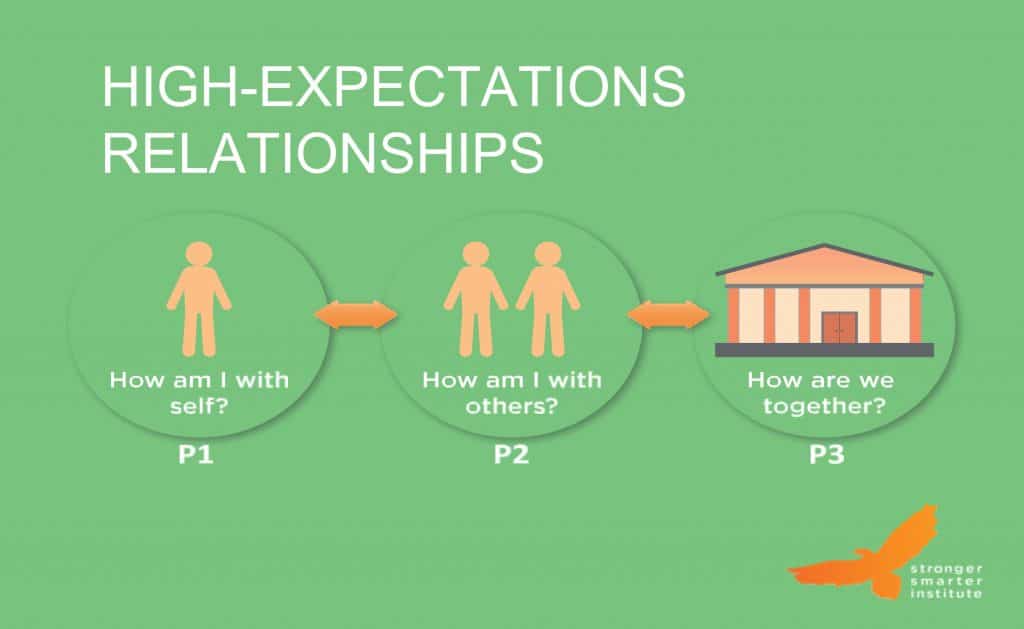
For more information see our Reading Reviews:
- Margaret Wheatley, Leadership and the New Science
- Edgar Schein, Organizational Culture and Leadership
